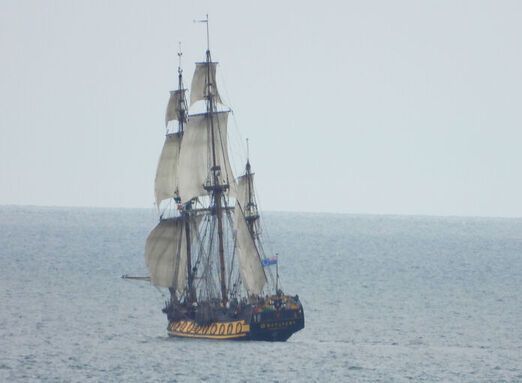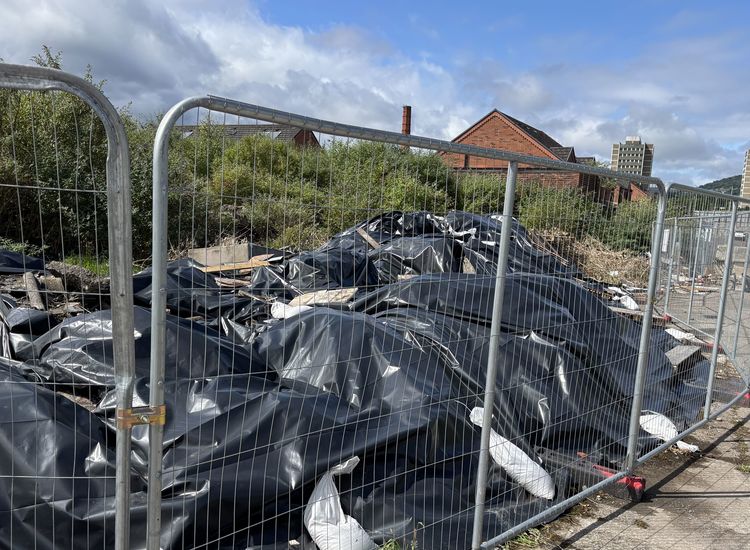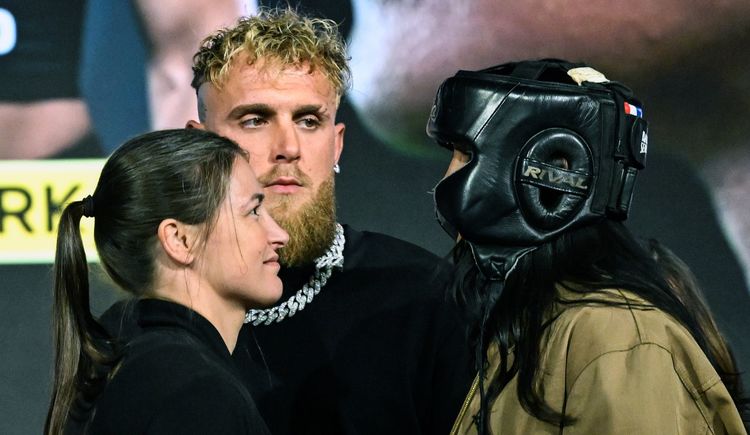The Rev. James "Guadalupe" Carney, a 58-year-old World War II veteran, formally resigned from the Society of Jesus when he agreed to be a chaplain to a revolutionary column that entered the remote, mountainous region of the Olancho province in July of that year.
The Honduran military is believed to have decimated the small band of 93 guerillas in engagements and, according to several sources, captured, tortured and executed without trial its most prominent members, which also included a former officer in the U.S. Green Berets. One report suggested that as many of 70 of the group were put to death in captivity by the army.
The Rev. Joe Mulligan, a close friend, has renewed a request with the Central Intelligence Agency for documents relating to Carney's case to be declassified. He received a reply from the CIA Information and Privacy Coordinator, Delores M. Nelson, dated Dec.16, 2009, acknowledging receipt of his request of July 31, 2009, and was told that it was being processed. He was given Reference Number F-2009-01688 for the request.
He would like people to write letters to the president and senior politicians asking them to contact CIA Director Leon Panetta in support of his Freedom of Information Act request.
"More than 25 years have passed. The magic number," said Mulligan, a native New Yorker who has worked as a Jesuit missionary in Nicaragua since 1986. A previous request that was submitted in July 2001 for essentially the same information is officially still being processed. "I'm hopeful with this administration, with Obama's statements about being more forthcoming," he said.
"It's a good test case," added the Jesuit, pointing out that Carney was born and raised in the United States and that another alleged victim, the Nicaraguan-born David Arturo Baez Cruz, was a U.S. citizen and had served with the Green Berets for several years.
The CIA and Defense Department released heavily censored documents to the Carney family and Honduran government officials in 1997. The following year, a classified report by the CIA inspector general on an internal investigation into CIA activities in Honduras in the 1980s was partially declassified. More than 50 percent of its contents was blacked out.
"Whom are they trying to protect?" asked Mulligan, whose maternal grandparents were immigrants from West Clare.
He said the Honduran military's differing explanations for Carney's disappearance are scarcely credible. On Sept. 18, 1983, it displayed his religious vestments, chalice and bible, which it said were found in an arms cache. Three days later, it announced that he had been killed in combat. On Sept. 22, it then revised that to suggest he died of exhaustion brought on by malnutrition.
Mulligan said that if Carney and Baez Cruz were captured, it seems likely that the Honduran military would have contacted U.S. embassy or intelligence personnel. Family members and human rights activists have wondered if the men were tortured, killed and "disappeared" after a "wink of approval" from the Americans.
"The issue is the treatment of prisoners of war," Mulligan said.
Three sources have since indicated that Carney was indeed tortured and killed. Florencio Caballero, an army officer in the counterinsurgency Battalion 3-16 who deserted in 1986, said in interviews with members of the Carney family and the New York Times that the priest was taken to a military base operated by the CIA inside Honduras as part of its war against the Sandinista government in Nicaragua. According one summary of the testimony from Caballero, who was granted asylum and has since died in Canada, "execution orders came from the commander of the Honduran Armed Forces, Gen. Gustavo









